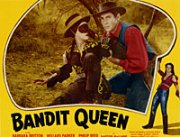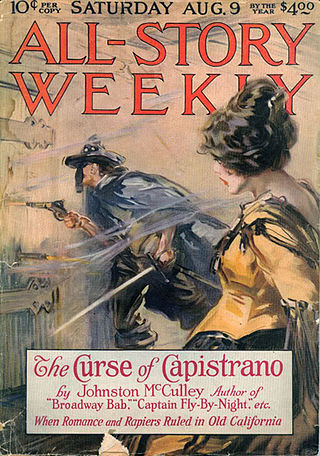
Zorro is a fictional character created in 1919 by American pulp writer Johnston McCulley, appearing in works set in the Pueblo of Los Angeles in Alta California. He is typically portrayed as a dashing masked vigilante who defends the commoners and Indigenous peoples of California against corrupt, tyrannical officials and other villains. His signature all-black costume includes a cape, a hat known as a sombrero cordobés, and a mask covering the upper half of his face.

The Mask of Zorro is a 1998 American Western swashbuckler film based on the fictional character Zorro by Johnston McCulley. It was directed by Martin Campbell and stars Antonio Banderas, Anthony Hopkins, Catherine Zeta-Jones, and Stuart Wilson. The film features the original Zorro, Don Diego de la Vega (Hopkins), escaping from prison to find his long-lost daughter (Zeta-Jones) and avenge the death of his wife at the hands of the corrupt governor Rafael Montero (Wilson). He is aided by his successor (Banderas), who is pursuing his own vendetta against the governor's right-hand man while falling in love with de la Vega's daughter.

Joaquin Murrieta Carrillo, also called the Robin Hood of the West or the Robin Hood of El Dorado, was a Mexican figure of disputed historicity. The novel The Life and Adventures of Joaquín Murieta: The Celebrated California Bandit (1854) by John Rollin Ridge is ostensibly his story.

Luis Antonio Dámaso de Alonso, known professionally as Gilbert Roland, was a Mexican-born American film and television actor whose career spanned seven decades from the 1920s until the 1980s. He was twice nominated for the Golden Globe Award in 1952 and 1964 and inducted into the Hollywood Walk of Fame in 1960.
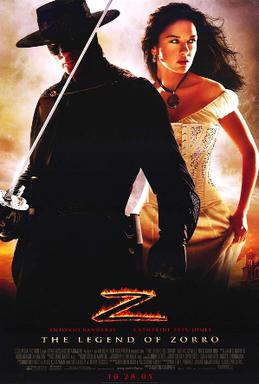
The Legend of Zorro is a 2005 American Western swashbuckler film directed by Martin Campbell, produced by Walter F. Parkes, Laurie MacDonald and Lloyd Phillips, with music by James Horner, and written by Roberto Orci and Alex Kurtzman. It is the sequel to 1998's The Mask of Zorro; Antonio Banderas and Catherine Zeta-Jones reprise their roles as the titular hero and his spouse, Elena, and Rufus Sewell stars as the villain, Count Armand. The film takes place in San Mateo County, California and was shot in San Luis Potosí, Mexico, with second-unit photography in Wellington, New Zealand. The film was theatrically released on October 28, 2005, by Columbia Pictures, and earned $142.4 million on a $65 million budget.

Pamela Britton was an American actress, best known for appearing as Lorelei Brown in the television series My Favorite Martian (1963–1966) and for her female lead in the film noir classic D.O.A. (1950). Throughout her acting career, Britton appeared often on Broadway and in several Hollywood and television films.

Barbara Britton was an American film and television actress. She is best known for her Western film roles opposite Randolph Scott, Joel McCrea, and Gene Autry and for her two-year tenure as inquisitive amateur sleuth Pam North on the television and radio series Mr. and Mrs. North.

John Carroll was an American actor.
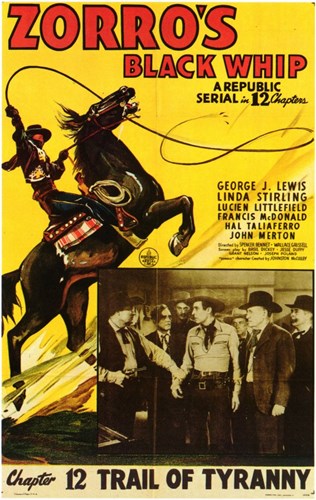
Zorro's Black Whip is a 1944 12-chapter film serial by Republic Pictures starring Linda Stirling. The film was made after the 1940 20th Century-Fox remake of The Mark of Zorro in order to capitalize on it. Republic was not able to use the character of Zorro himself, however, and despite the title, the hero(ine) is called The Black Whip throughout.

Willard Parker was an American film and television actor. He starred in the TV series Tales of the Texas Rangers (1955–1958).
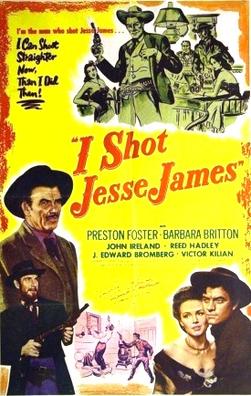
I Shot Jesse James is a 1949 American Western film starring Reed Hadley as Jesse James and John Ireland as Bob Ford. Directed by Samuel Fuller in his debut behind the camera, it portrays the murder of Jesse James by Robert Ford and Robert Ford's life afterwards. The story is built around a fictional rivalry between Ford and his eventual killer Edward O’Kelley over a woman.
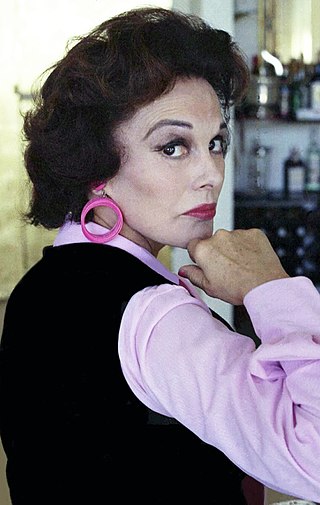
Patricia Paz Maria Medina was a British actress. She is perhaps best known for her roles in the films Phantom of the Rue Morgue (1954) and Mr. Arkadin (1955).

George J. Lewis was a Mexican-born actor who appeared in many films and eventually TV series from the 1920s through the 1960s, usually specializing in westerns. He is probably best known for playing Don Alejandro de la Vega, who was Don Diego de la Vega's father in the 1950s Disney television series Zorro. Lewis co-starred in Zorro's Black Whip and had a minor role in Ghost of Zorro before starring as Don Alejandro in the Disney series.

Robert Lenard Lippert was an American film producer and cinema chain owner. He was president and chief operating officer of Lippert Theatres, Affiliated Theatres and Transcontinental Theatres, all based in San Francisco, and at his height, he owned a chain of 139 movie theaters.
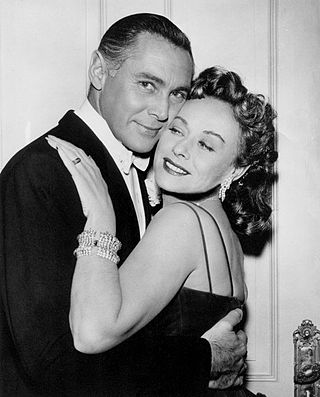
Phillip Reed was an American actor. He played Steve Wilson in a series of four films (1947–1948) based on the Big Town radio series.

Stanley Price was an American film supporting actor who appeared in over 200 films between 1922 and 1956. He was a charter member of the Screen Actors Guild.
Salomón María Simeon Pico was a Californio, a cousin of former governor Pío Pico, who led a bandit band in the early years following the Mexican–American War in the counties of the central coast of California. Pico was considered by some Californios to be a patriot who opposed the American conquest of Alta California and its subsequent incorporation into the United States. He was hated for his banditry by the newly arrived Americans but protected by some Californios as a defender of his people.
Paul Marion was an American actor, notable for roles in To Have and Have Not (1944), Mysterious Doctor Satan and Captain Midnight.
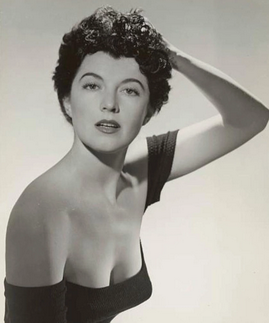
Marguerite Louise Skliris-Alvarez, known by her stage name Margia Dean was an American beauty queen and stage and screen actress of royal Greek descent, who had a career in Hollywood films from the 1940s until the early 1960s, appearing in 30 starring roles and 20 bit parts.
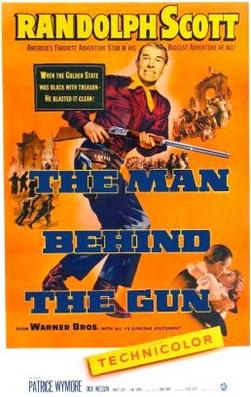
The Man Behind the Gun is a 1953 American Western film about the establishment of the city of Los Angeles. It was directed by Felix Feist and stars Randolph Scott.
